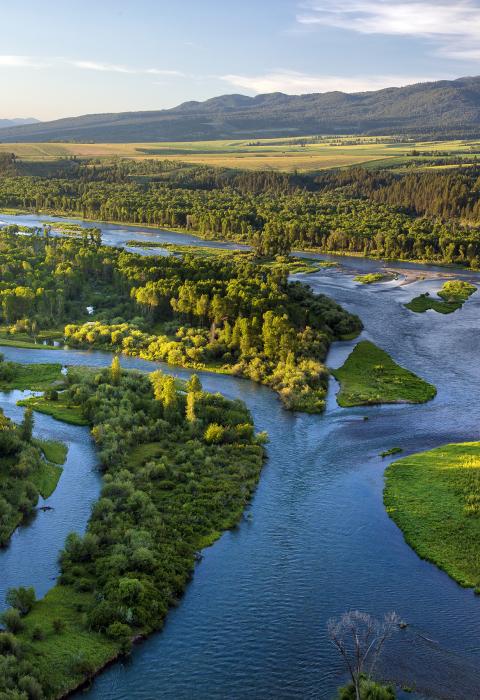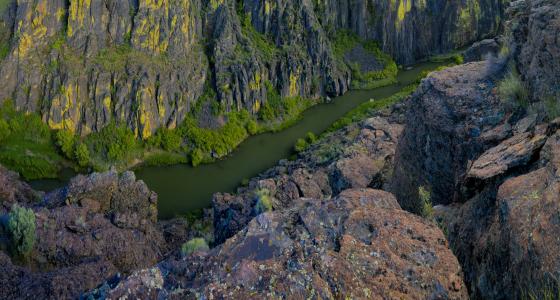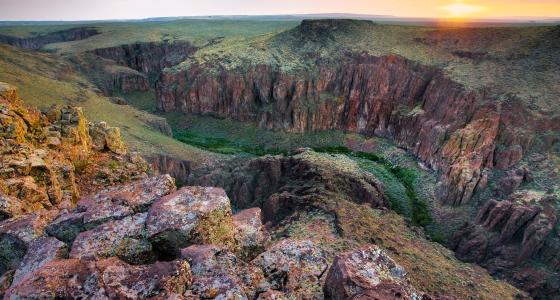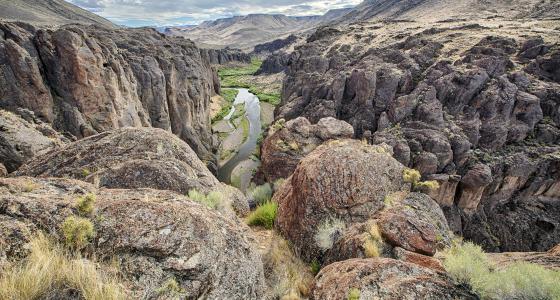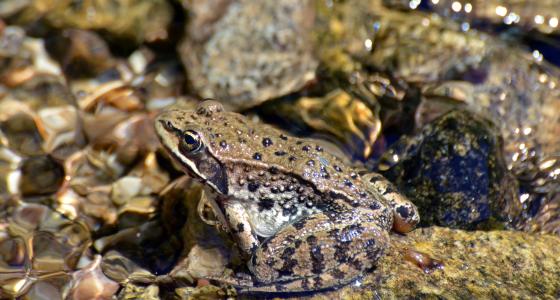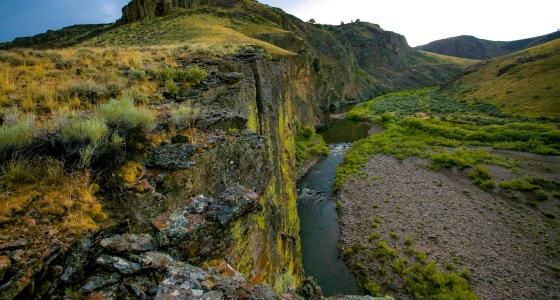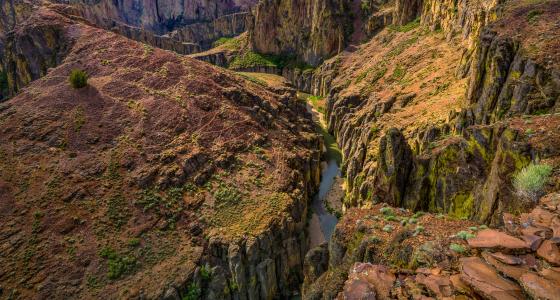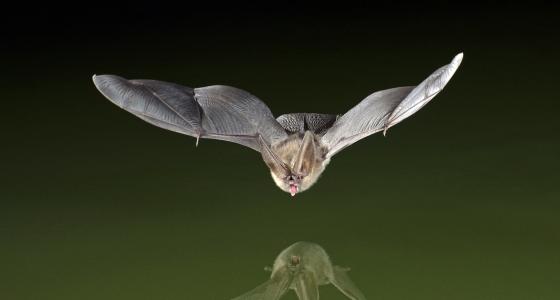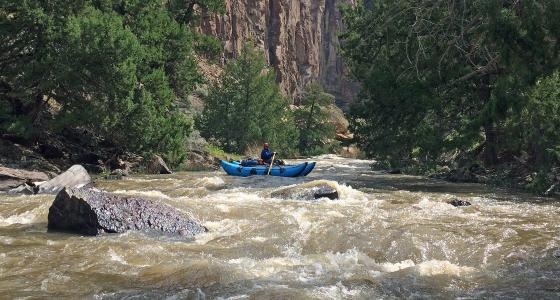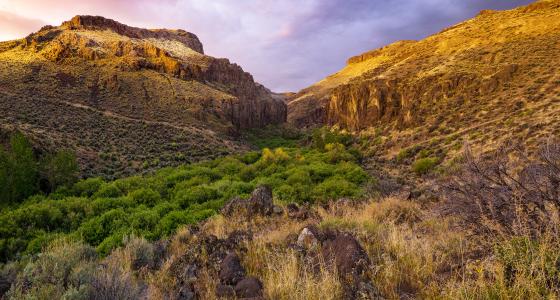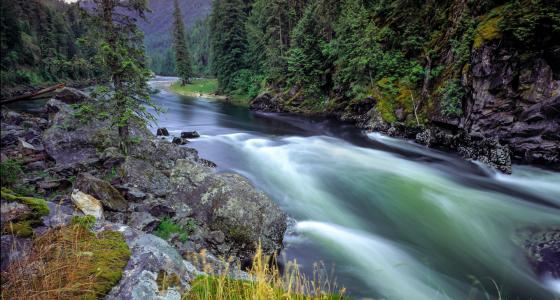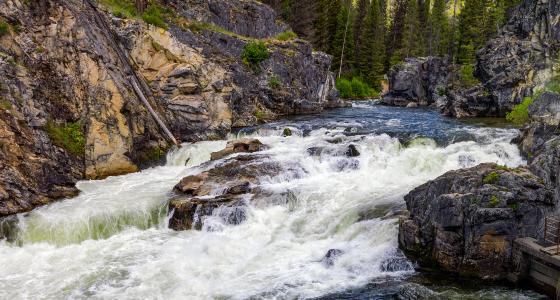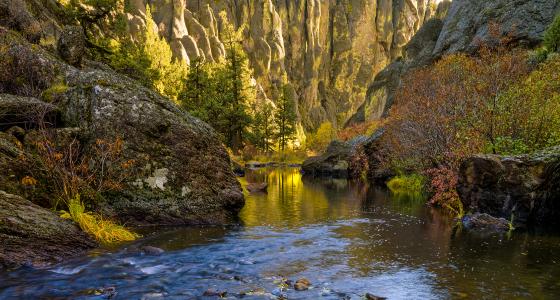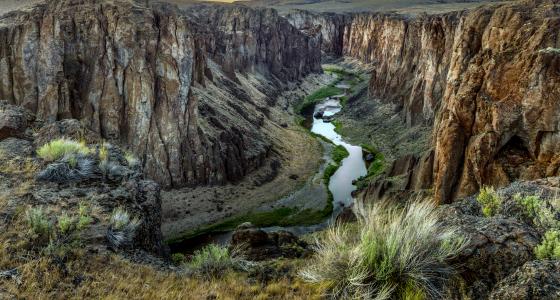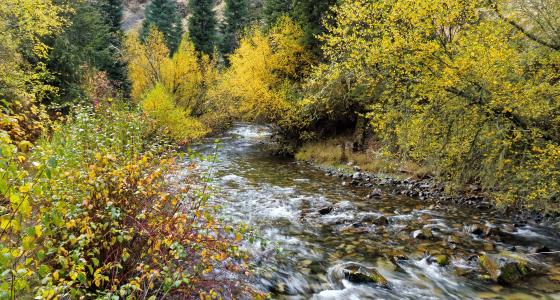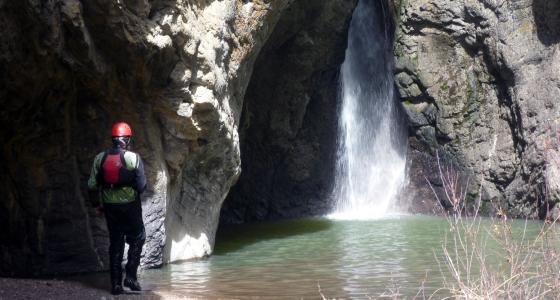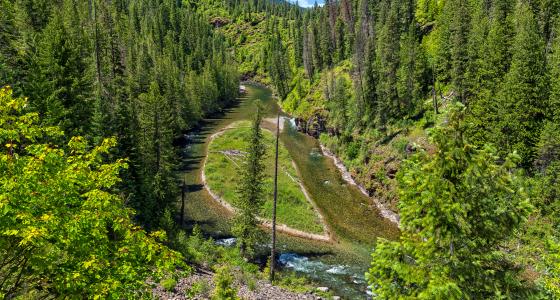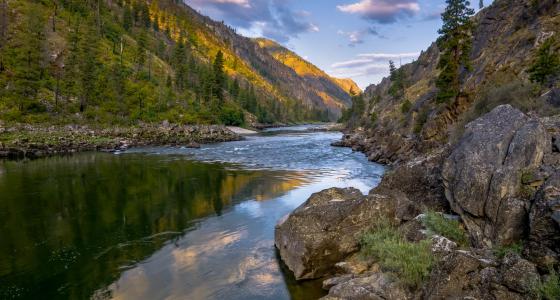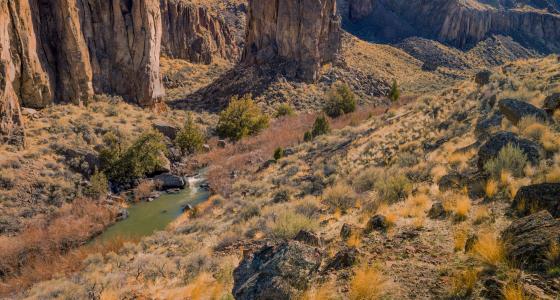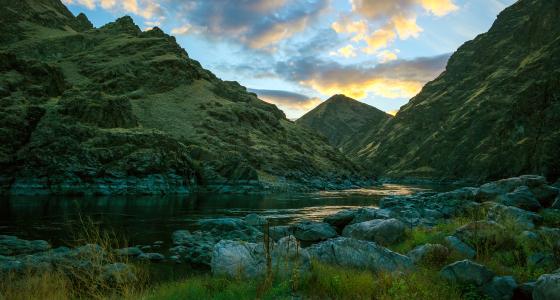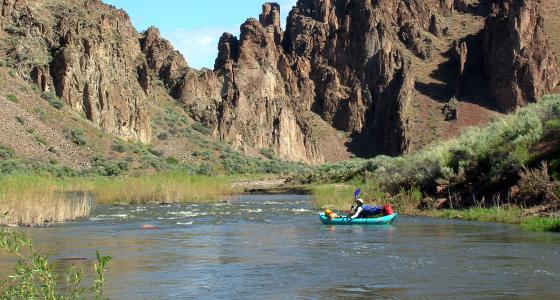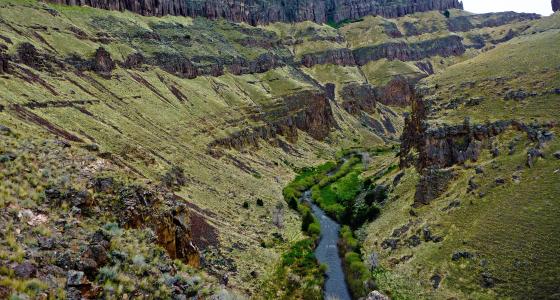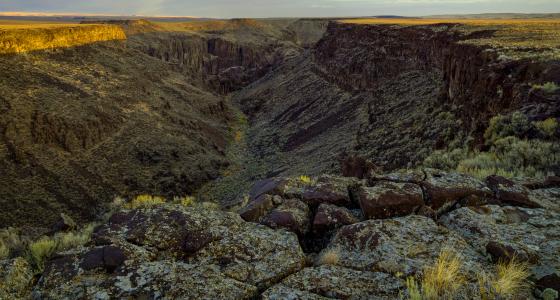By far, the most famous river in Idaho is the Snake River, a major tributary of the Columbia River. The Snake River flows out from Yellowstone in northwestern Wyoming, through the Snake River Plain in southern Idaho before turning north, leaving the state at Lewiston before joining the Columbia River in eastern Washington. Other major rivers are the Clark Fork/Pend Oreille River, the Spokane River, and many major tributaries of the Snake River, including the Clearwater River, the Salmon River, the Boise River, and the Payette River. The Port of Lewiston, at the confluence of the Clearwater and the Snake Rivers is the farthest inland seaport on the West Coast at 465 river miles from the Pacific at Astoria, Oregon.
Idaho is important in the history of the National Wild and Scenic Rivers System. Two of the rivers designated with passage of the Wild and Scenic Rivers Act are Idaho rivers—the Middle Fork of the Clearwater River and the Middle Fork of the Salmon River. This was due to the efforts of Senator Frank Church of Idaho, one of the chief architects of the act and its primary sponsor in the Senate. In fact, the Middle Fork of the Salmon River flows through the Frank Church River of No Return Wilderness, a 2.4-million-acre wilderness in the heart of Idaho's rugged landscape.
Despite the state's role in the history of the act, of the approximately 107,651 miles of river in Idaho, only 891 miles are designated as wild and scenic—less than 1% of the state's river miles.

